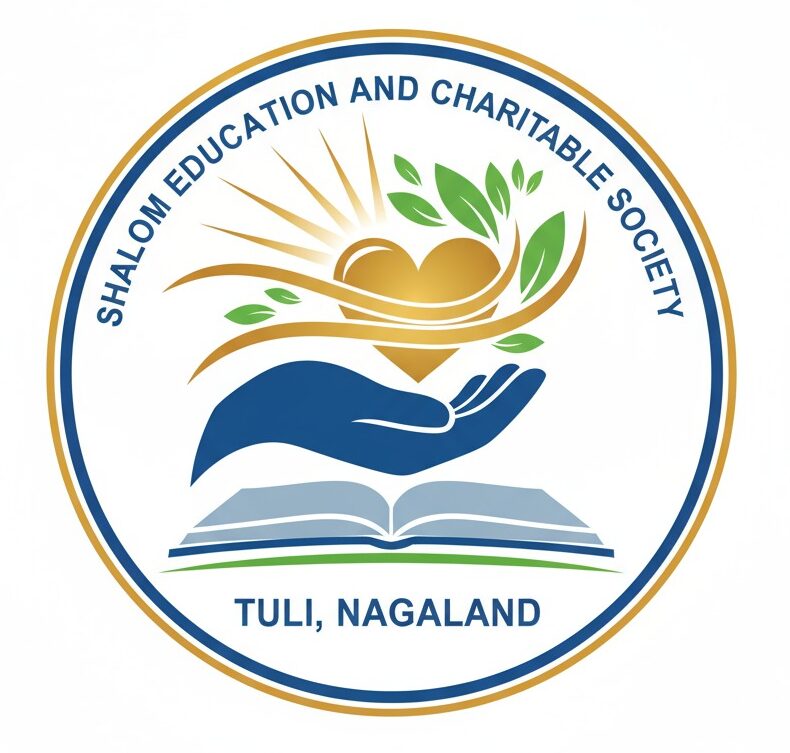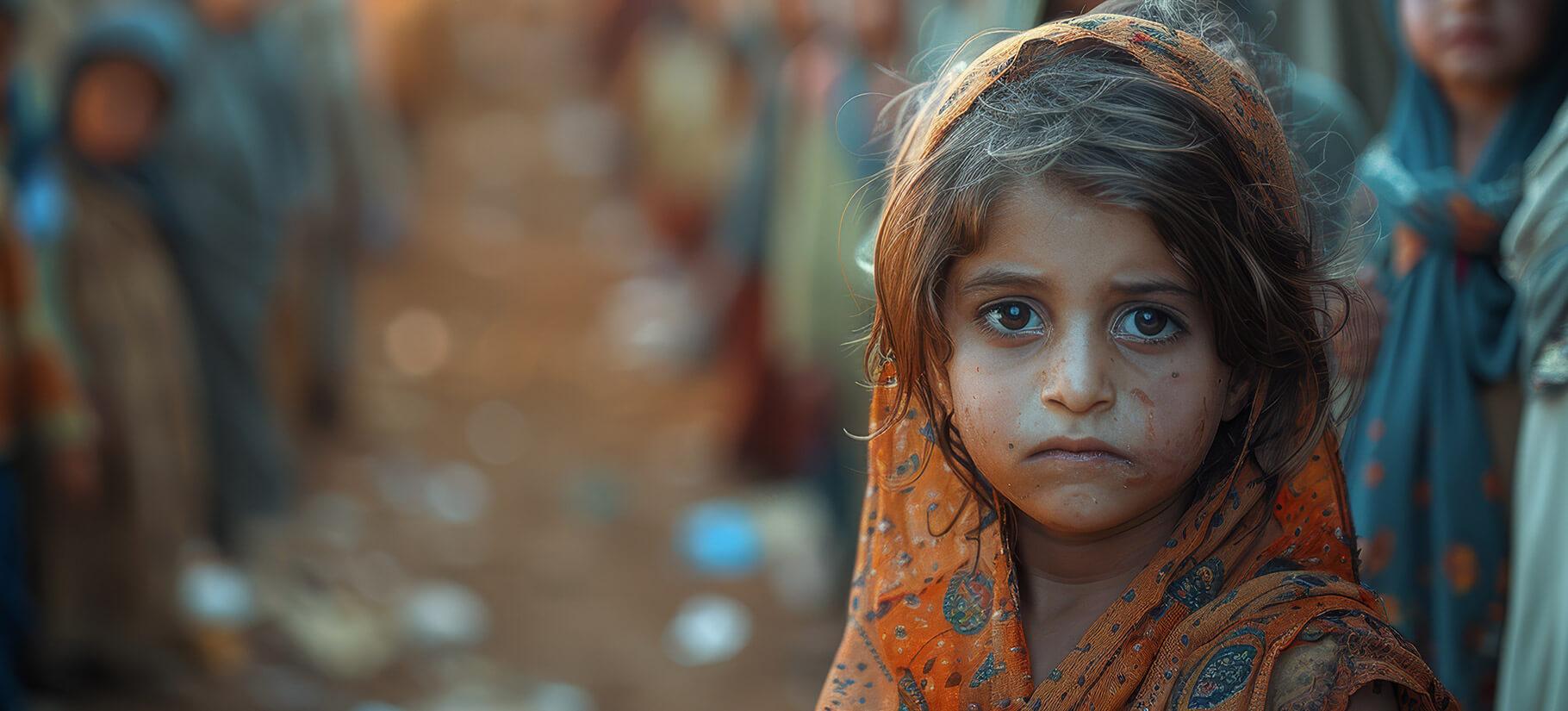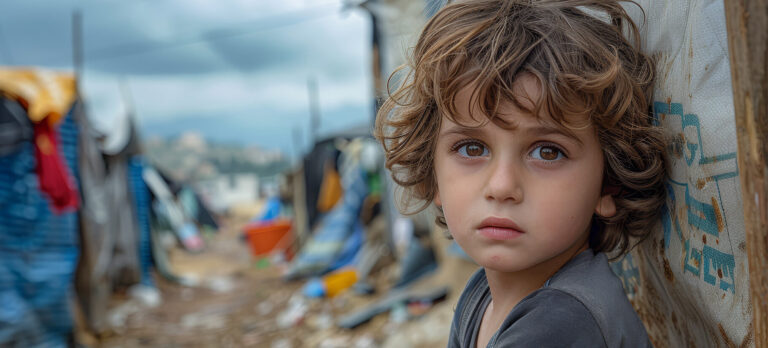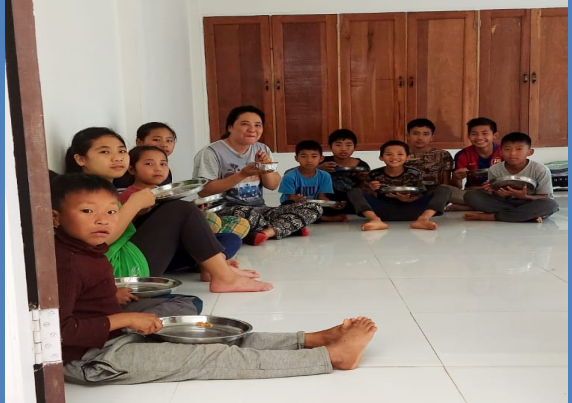HUMANITARIAN EFFORTS & INITIATIVES IN INDIA
Every child, no matter who they are or where they come from, deserves relief and care in times of a crisis.
SHALOM EDUCATION AND CHARITABLE SOCIETY , through several relief programmes and initiatives, has reached out to MANY children in 2024. We continually work on our humanitarian action, which includes preparedness, mitigation, risk reduction, resilience building IN NAGALAND since 2024. Come, join our mission to ensure Provision of Humanitarian Relief to Every Last Child! Over the years, we have faced a multitude of issues but undeterred, we have devised several solutions that help us relieve underprivileged children from any crisis or emergency situation.
FIRST TO REACH…LAST TO LEAVE
Children often face the greatest risks in the aftermath of any humanitarian crisis: separation from families, and subjected to different forms of physical and mental abuse. We continually work on our humanitarian action, which includes preparedness, mitigation, risk reduction, resilience building .
Children are the worst affected during a humanitarian crisis or an emergency
There is a lot at stake for children during a crisis. Latest reports suggest that children living in disaster-prone regions in India twice as likely to be living in poverty. In five major natural disasters from 2000-2016, 17,671 children lost their lives. The 2015-2016 drought in 10 states affected an approximated 330 million people, including 37 million children under five years. Children’s education is hampered during an emergency
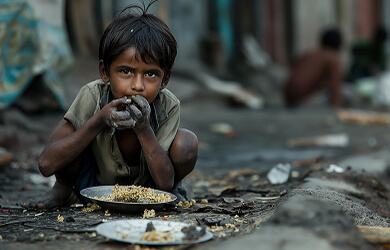
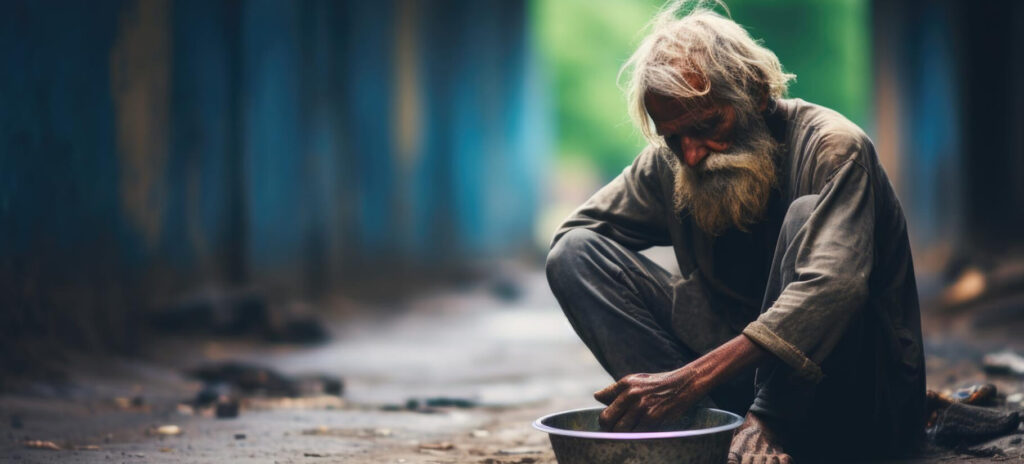
Children are unable to maintain the continuity of education during an emergency.
In emergency situations, the lack of teachers and staff prevent education systems from meeting children’s many learning needs. Additionally, gaps in research and data procurement prevent decision-makers from evaluating the situation and responding effectively.
Many children are trafficked and/or abused during a humanitarian crisis
Child trafficking sees an increase in the number of cases during a crisis.
A pressing issue that needs to be responded to is human trafficking in contexts of a humanitarian crisis. There is a need to take into account present mechanisms and policies to generate robust humanitarian aid protection programmes and relief initiatives.
Children suffer from lack of safe drinking water, food and hygiene during an emergency
Basic necessities are denied to children during a crisis. Children are subjected to some of the harshest living conditions during an emergency. Lack of food, water, shelter, and medical aid is the bitter realities of lakhs of children and families during a humanitarian crisis.
Be a Part of our Solutions
BASIC SUPPLIES – We provide basic supplies, hygiene kits, food baskets and water to children and families at a time of a humanitarian crisis.
MAKESHIFT ACCOMMODATION – We ensure that provision of temporary shelters are made for children and families whose houses have been damaged.
RAISING FUNDS – We work in partnership with our partners and donors to raise funds in response to an emergency, for both, short-term relief and long-term rebuilding work.
SPACES FOR CHILDREN – We create child-friendly spaces to ensure children in a region hit by a crisis are protected at all times and are also able to learn and play.
REHABILITATE & REBUILD – We closely work with communities affected by a disaster to help them rehabilitate and rebuild their lives.
CATER TO NEEDS – We ensure a response to unique needs like installing a water purification system or water harvesting plant, especially in areas where the water supply has been cut off because of the disaster.
CONTINUITY OF EDUCATION – We provide teaching and learning support to children in disaster-stricken communities so that the continuity in their education is maintained.
CHILD PROTECTION – We ensure complete protection of children from harm and/or abuse, especially in such vulnerable situations.
